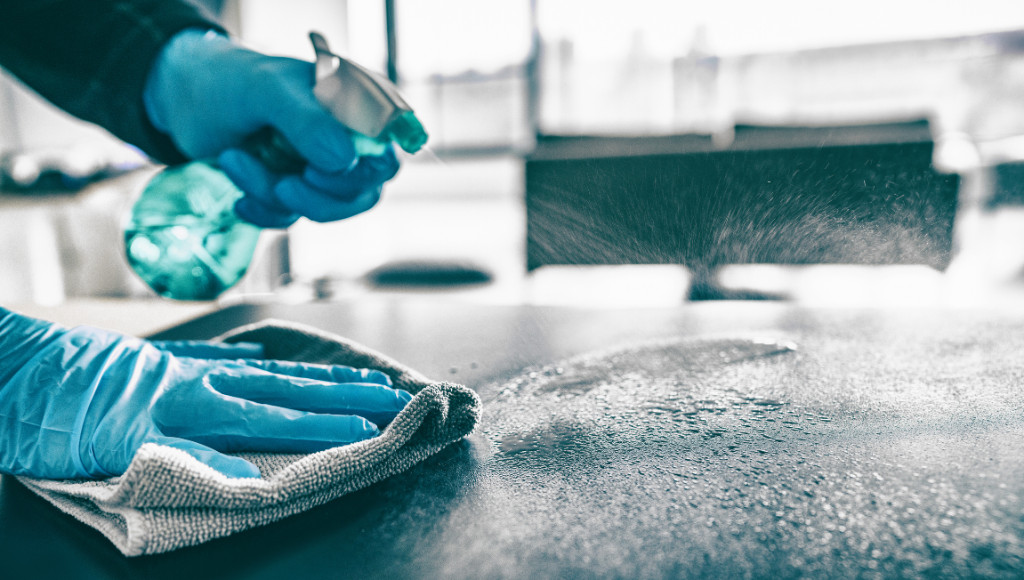
Reducing and preventing the transmission of COVID-19 is still foremost on everyone’s mind. When it comes to your home, you can incorporate disinfection into your normal cleaning routine as an additional preventive measure. There are a lot of helpful tips on how to clean and disinfect your home in the latest Centers for Disease Control (CDC) guidelines.
The CDC recommends disinfecting only if someone in your home is very sick or if a person infected by COVID-19 has been in the property in the last 24 hours. Otherwise, you may proceed with your regular cleaning routines.
However, if you’re preparing to sell your property and want to assure home buyers of a sanitized environment, or simply want to better protect your family from COVID-19 and other illnesses, here are some tips that can help you disinfect your home effectively:
General rules on cleaning and disinfecting
According to the CDC, using household cleaners with soap or detergent can remove germs on surfaces and reduce the risk of infection. They recommend using disinfecting products included in the EPA List N, which the EPA (Environmental Protection Agency) expects to kill all COVID-19 strains and variants while being safe to household members.
High-touch surfaces
High-touch surfaces include doorknobs, tables, handles, light switches, and countertops. Germs and virus particles may reside on these surfaces, so make sure to disinfect them regularly. However, if someone is sick inside your home, you may need to disinfect these surfaces more frequently. You can use EPA-recommended disinfectant wipes and sprays for these surfaces.
Soft and hard surfaces
For both hard surfaces and soft surfaces that can’t be disinfected using wipes, it’s recommended that you use a spray included in the EPA list. Spray in a wide, sweeping motion and let the product dry for a few minutes before you use the surface.
As for soft surfaces such as carpets, rugs, and drapes, you can clean them with soap and water or other cleaning products that are appropriate for these types of surfaces. You can also vacuum your carpet as usual, but the CDC recommends wearing a mask while doing so.
Floors
Shoes and other footwear can pick up a lot of dirt, grit, and even germs. If you don’t take off your shoes inside your home, you may want to disinfect your floors after cleaning them with soap and warm water.
To do this, the CDC recommends mopping your floors using a solution of one cup of bleach and five gallons of water. This method is applicable for hard, nonporous surfaces, like glazed tile floors.
On the other hand, if you have floors with porous surfaces, such as hardwood, vinyl, or laminate, you should be careful with mopping, as moisture can ruin these types of floors. In this case, you can use an appropriate EPA-listed cleaner and disinfectant. Alternatively, you can also use a solution of half a cup of white vinegar and one gallon of water, but note that this disinfecting solution is not on the EPA list.
Bathroom
According to the CDC, 3% hydrogen peroxide is a stable and effective disinfectant. To use it as a disinfectant for your bathroom, pour it directly on surfaces, such as your sink, toilets, and countertops. Let it sit for 10-15 minutes. After that, you can scrub the area with an appropriate cleaning brush or cloth and then rinse with water.
Whether you’re interested in Winthrop homes for sale or you’re looking to sell a property in the area, we at Coldwell Banker Winthrop are the team to call. We are Winthrop real estate experts and we will be happy to assist you with your needs, especially in these challenging times. Call us at 509.996.2121, or send an email to info(at)cbwinthrop(dotted)com. You can also leave us a message here.
